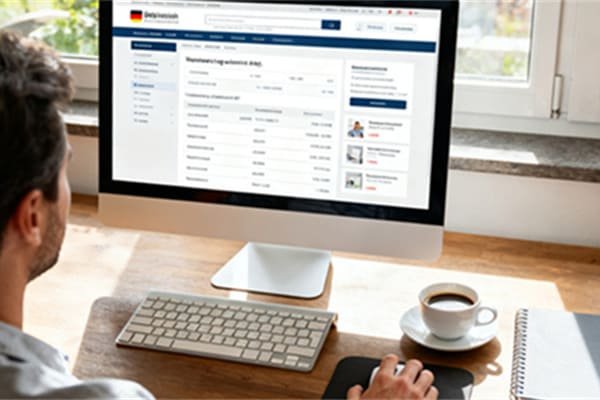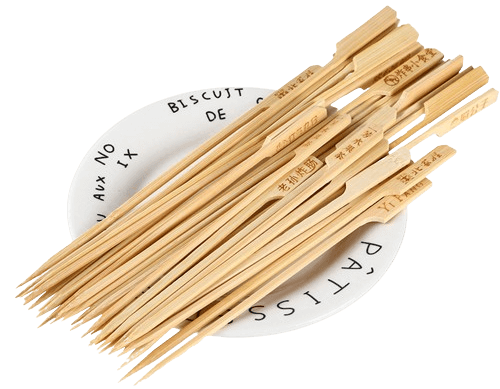I often encounter confusion about the ownership structure[^1] of insurance companies, especially mutual insurers.
Mutual insurance companies are owned by their policyholders, not shareholders. When you purchase a policy from a mutual insurer, you become both a customer and an owner, with rights to vote on company decisions and potentially receive dividend payments.

Let me explain how this unique ownership structure works and why it matters to you.
Who Is Considered The Owner Of A Mutual Insurance Company?
This question comes up frequently when I’m discussing insurance options with new clients.
Every policyholder is considered a partial owner of a mutual insurance company. Unlike stock insurance companies owned by shareholders, mutual insurers distribute ownership rights and benefits directly to their policyholders.

Let’s explore the ownership structure in detail:
Ownership Rights
-
Policyholder Benefits
- Voting rights
- Dividend eligibility
- Policy influence
- Company direction
- Profit sharing
-
Key Responsibilities
- Policy maintenance
- 高级付款
- 风险管理
- Participation
- Company support
Ownership Comparison
| 特征 | Mutual Company | Stock Company |
|---|---|---|
| 业主 | Policyholders | Shareholders |
| 重点 | Member benefits | Profit maximization |
| Dividends | To policyholders[^2] | To shareholders |
| Decision Making | Member-driven | Investor-driven |
What Are The Disadvantages Of A Mutual Insurance Company?
Through my years of experience, I’ve identified several potential drawbacks clients should consider.
Mutual insurers may have limited access to capital, slower growth potential, and fewer product options compared to stock companies. They might also take longer to implement changes due to their democratic decision-making process.

Let’s analyze these limitations:
Key Disadvantages
-
Operational Challenges
- Capital constraints
- Growth limitations
- Product restrictions
- Innovation pace
- Market adaptability
-
Structural Issues
- Decision delays
- Complex governance
- Limited flexibility
- Scale challenges
- Resource constraints
Impact Analysis
| 方面 | 挑战 | Effect on Policyholders |
|---|---|---|
| 生长 | Slower | Limited expansion |
| 产品 | Fewer options | Less choice |
| 创新 | Conservative | Dated features |
| 服务 | 传统的 | Mixed experience |
Who Owns The Mutual Life Insurance Company?
As someone who regularly explains different insurance structures, this is a fundamental question.
Like all mutual insurers, mutual life insurance companies are owned by their policyholders. Each person who purchases a life insurance policy becomes a partial owner with voting rights and potential dividend benefits.

Let’s examine the specifics:
Ownership Structure
-
Policyholder Rights
- Ownership stake
- Voting privileges
- 股息潜力
- Policy control
- Company input
-
财务利益
- Premium stability
- Dividend payments
- Long-term focus
- Customer priority
- Value sharing
Benefit Distribution
| 好处类型 | 描述 | 频率 |
|---|---|---|
| Dividends | Profit sharing | 年度的 |
| Voting | Company decisions | 根据需要 |
| Policy Control | 承保范围选择 | Ongoing |
| Value Growth | Policy benefits | 长期 |
Who Controls A Mutual Company?
Based on my experience working with various insurance structures, control in mutual companies is unique.
Mutual companies are controlled by a board of directors elected by policyholders. The board oversees management decisions while considering policyholder interests, creating a more democratic governance structure than stock companies.

Let’s break down the control structure:
Governance Framework
-
Decision Makers
- Board of Directors
- Executive team
- Policyholder votes
- Management committees
- Advisory groups
-
Control Mechanisms
- Annual meetings
- Policy votes
- Board elections
- Financial oversight
- Operational reviews
Control Distribution
| Level | Authority | Responsibility |
|---|---|---|
| Board | Strategic | Long-term planning |
| 管理 | Operational | Daily decisions |
| Policyholders | Electoral | Board selection |
| Committees | Advisory | Specific areas |
结论
Mutual insurance companies[^3] offer a unique ownership model where policyholders are both customers and owners, providing long-term stability and alignment of interests, despite some operational limitations.
---
[^1]: Understanding the ownership structure can help you appreciate the unique model of mutual insurance.
[^2]: Exploring policyholder rights can empower you to maximize your benefits as a mutual insurance customer.
[^3]: Understanding mutual insurance companies can help you make informed decisions about your insurance options.


